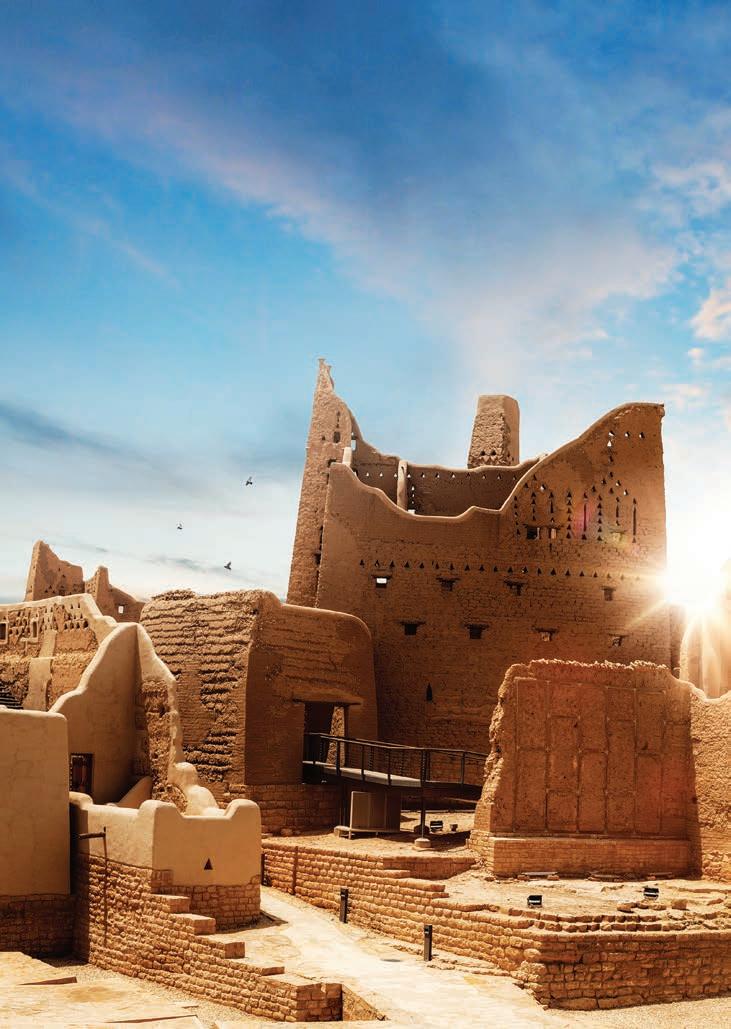
8 minute read
Keys to the kingdom
1
Saudi Arabia remains optimistic about the future of tourism and stands firm in its mission to become one of the Middle East’s most visited destinations
Advertisement
In the last decade, Saudi Arabia unveiled its bold vision to become one of the Middle East’s most visited destinations. Plans to further cement the kingdom’s status as the next mustvisit destination in the region are still afoot, in spite of the temporary disruption caused by the coronavirus crisis.
Even in the face of border closures, Saudi Arabia remains undeterred in its aim to attract 100 million holidaymakers annually by 2030, a significant pillar in its Vision 2030 initiative, which outlines the country’s strategic framework to reduce Saudi Arabia’s dependence on oil, diversify its economy and develop its public service sectors, with a special focus on tourism.
It may seem ambitious, especially with the crippling impact COVID-19 has had on the global economy, but the kingdom’s tourism potential is poised to boost the local economy to the tune of billions of dollars.
With year-round sunshine, untouched beaches, ancient historic sites, luxury hotels and modern attractions, Saudi Arabia has plenty to offer. And just like its neighbours, it can lay claim to being within a four-hour flight of 1 one-third of the world’s population, and within eight hours of two-thirds.
Much has changed since Saudi Arabia first relaxed its visa regulations in 2019, allowing travellers from 49 different countries to enter through an e-visa or visa-on-arrival system. The initial boom in tourism figures was quickly hit by border closures resulting from the pandemic.
Yet, as visitor numbers declined, the ease of rules within the country in the months that followed saw a significant rise in domestic tourism. The kingdom,
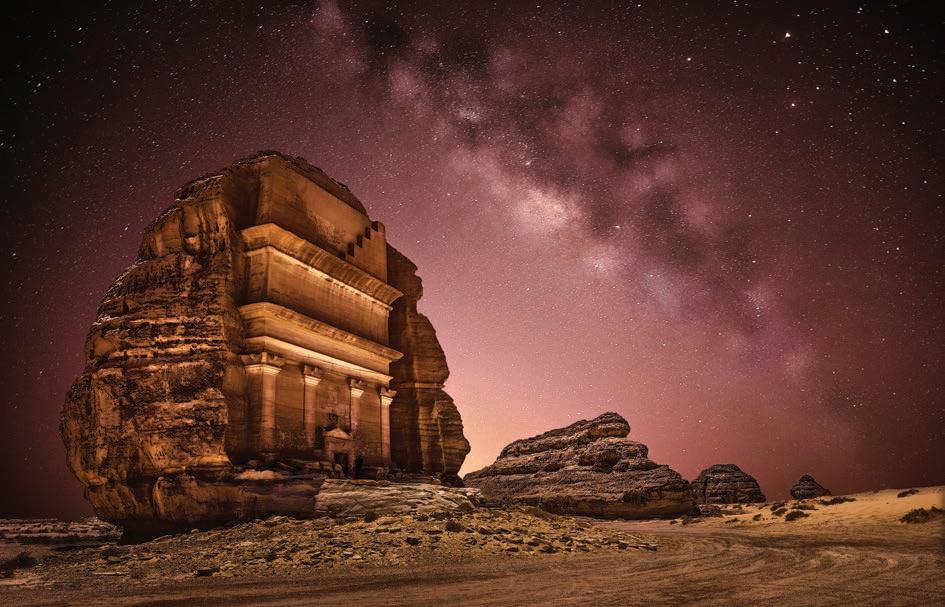
therefore, remains hopeful that travel will return, and when it does, Saudi Arabia is ready to welcome the world.
PLENTY TO OFFER
The birthplace and spiritual home of Islam, Saudi Arabia is rich in cultural attractions and religious sites. For Muslims, the cities of Makkah and Madinah have long been significant pilgrimage destinations. For those keen to delve into the history of the ancient civilisations that once inhabited these lands, the carved temples of Hegra the rock art at Jubbah and the old-town ruins in AlUla, which recently opened to domestic visitors, are unrivalled.
Phillip Jones, Chief Destination Management and Marketing Officer, the Royal Commission for AlUla, said: “The kingdom of Saudi Arabia has long been a crossroads of ancient civilisations — a place of deep history, but one that is constantly evolving. AlUla is an extraordinary example of this. It is a living museum of preserved tombs, sandstone outcrops, historic dwellings and monuments, both natural and
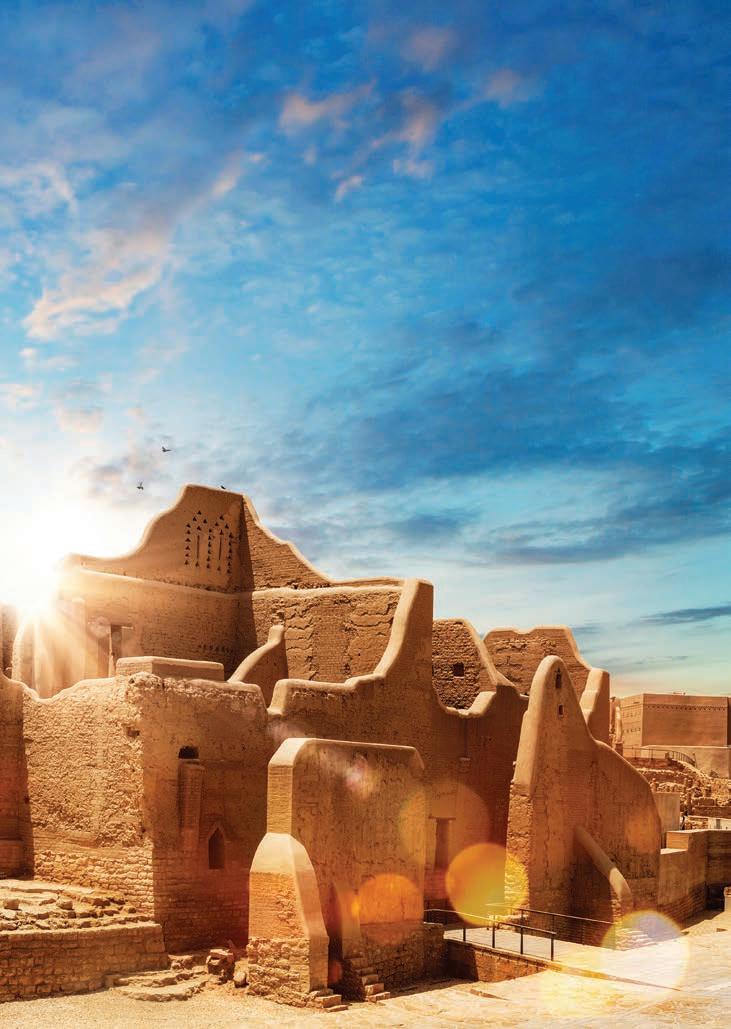
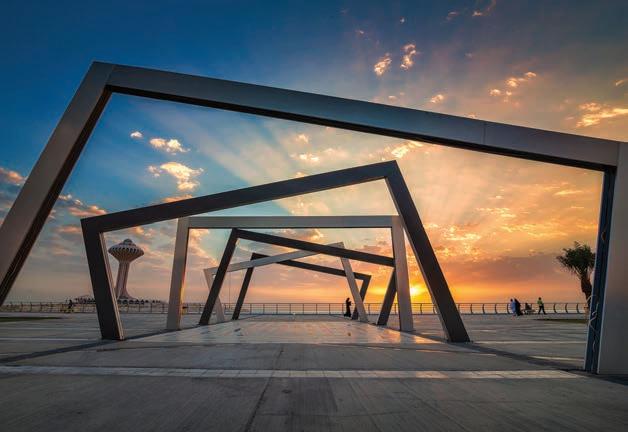
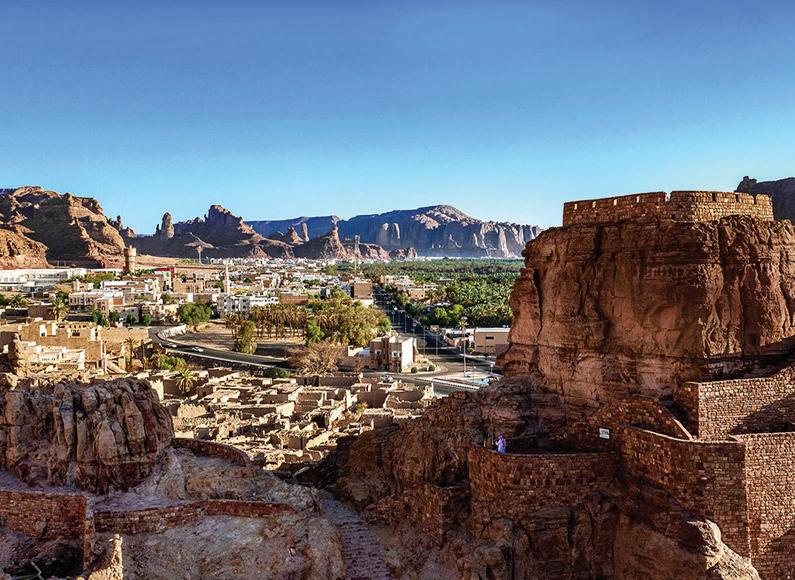
2
3
human-made, that hold 200,000 years of largely unexplored human history.”
Other wonders abound in the kingdom, from the historic Hejaz Railway to modern Riyadh. There is also Jeddah’s World Heritage coral architecture along the west coast, while to the south, Asir reveals breathtaking mountain scenery where mysterious villages wait to be discovered. With plenty to offer, Saudi Arabia is keen to forge ahead with its era-defining vision. infrastructure, which will create hundreds of thousands of jobs and provide a huge boost to the country’s economy.
In April 2021, Saudi Arabia unveiled its Journey through Time Masterplan launched by the Royal Commission for AlUla. The regeneration project, occurring across five heritage districts from the north to the south of AlUla, represents a US$15 billion opportunity for responsible investment in publicprivate partnership projects.
Now taking place in phases, upon full completion, the wider development strategy for AlUla in 2035 aims to deliver 38,000 new jobs and contribute US$32 billion to the kingdom’s GDP.
The Red Sea Project is another eagerly anticipated undertaking as it is set to transform a vast area of the country’s western coast into a luxurious desert, island and mountain resort.
John Pagano, CEO, The Red Sea Project and Amaala – another ultra-luxury destination along Saudi Arabia’s north-western coast – said: “The kingdom’s Vision 2030 program lays out the framework to diversify the economy with three main themes: a vibrant society, a thriving economy and an ambitious nation.
“Tourism is a central pillar in achieving this plan and both The Red Sea Project and Amaala are at the forefront of the growth of this sector.”
The Red Sea Project will have an estimated annual visitation of 800,000 people upon completion with a cap of one million visitors per year. Whether it’s swimming through the world’s fourth-largest reef system or hiking across the dormant Harrat Lunayyir lava fields, the destination will offer a unique experience to modern travellers with an opportunity to explore the kingdom’s natural environment for the first time.
Pagano said: “The Red Sea Project and Amaala will contribute circa US$9.33 billion to the kingdom’s GDP once fully operational and will be a significant creator of jobs, employing around 60,000 people directly and creating a further 60,000 indirect jobs.
“Both projects will play an important role in opening up the country, introducing visitors from around the world to the unique beauty, biodiversity, history and culture of this largely undiscovered region.”
Equally ambitious is the Neom development taking shape along the Red Sea coast. A futuristic city with selfdriving cars, it will be 33 times the size of New York City. Set to cost US$500 billion, early suggestions are that the destination will utilise flying taxis, will be illuminated by a giant artificial moon and will have more Michelin-starred restaurants per capita than in any other city in the world.
Qiddiya, which is being billed as the world’s biggest entertainment city,
3
1 At-Turaif 2 Dammam 3 AlUla Old Town 4 Hegra
5 & 6 The Red Sea Project 7 Banyan Tree Wadi Ashar AlUla Resort 8 Elephant Rock, AlUla 6
could also become a major draw for tourists, with its resorts, parks, sports arenas and a Six Flags amusement park. Furthermore, upon completion, it is set to become the largest tourism destination in the world, with a total area of more than 334 square kilometres.
THE HOSPITALITY BOOM
The last decade has witnessed Saudi Arabia’s hotel landscape evolve at a rapid pace. While leading hospitality giants continue to expand in the kingdom, new investors are now paying heed to this demand for innovative concepts.
Rotana Hotels & Resorts has realised this potential and has been expanding in the kingdom since the last decade. CEO and President Guy Hutchinson said: “As one of the fastestgrowing tourism markets in the world, Saudi Arabia continues to be a focal point for expansion. In the third quarter of 2021, a five-star Rayhaan Hotels & Resorts property will be added to our portfolio, representing the group’s eighth operating hotel in the kingdom. Located in Jubail in the Eastern Province, the property will add 407 keys to Rotana’s portfolio and cement the group’s status as one of the most dynamic players in the region’s upscale segment.”
These recent launches have firmly placed the kingdom on track for tourism to deliver the secondhighest revenue after the oil sector.
As concepts continue to evolve, industry heavyweights are recognising the importance of developing new properties across various segments, from luxury concepts and midscale hotels to business properties and serviced apartments.
Mark Willis, CEO, TIMEA (Turkey, India, Middle East and Africa), Accor, said: “We continue to see a focus on our luxury portfolio, however, there is a growing demand for premium and midscale brands as well. Domestic tourism has also played a key role during the past year, with Saudi nationals showing an increased interest in discovering local destinations and staycations in their city of residence, whether at hotels with leisure amenities or at serviced apartments.
“2021 is an exciting year for us in Saudi Arabia as we have a total of nine properties scheduled to open, bringing 3,255 more keys to our portfolio. Some of the landmark openings are the Banyan Tree Wadi Ashar AlUla Resort, Swissotel Living Jeddah and Fairmont Ramla Serviced Residences.”
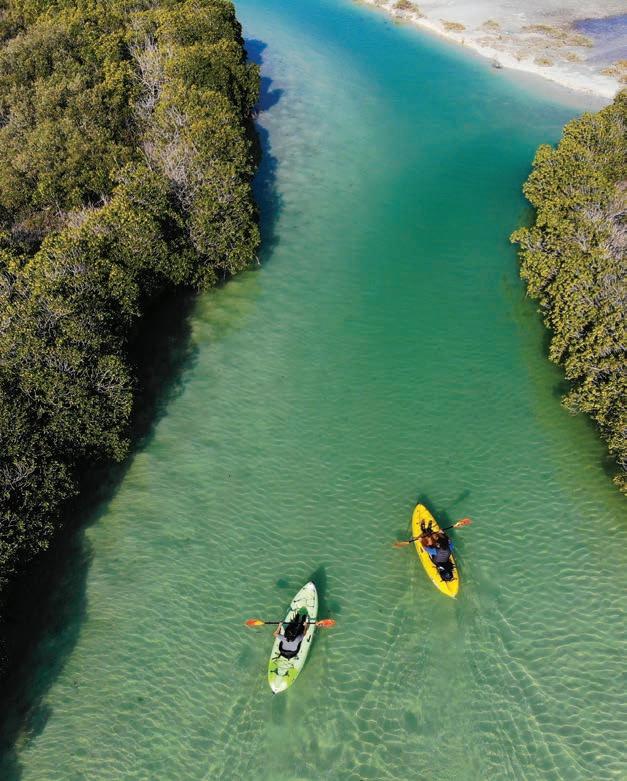
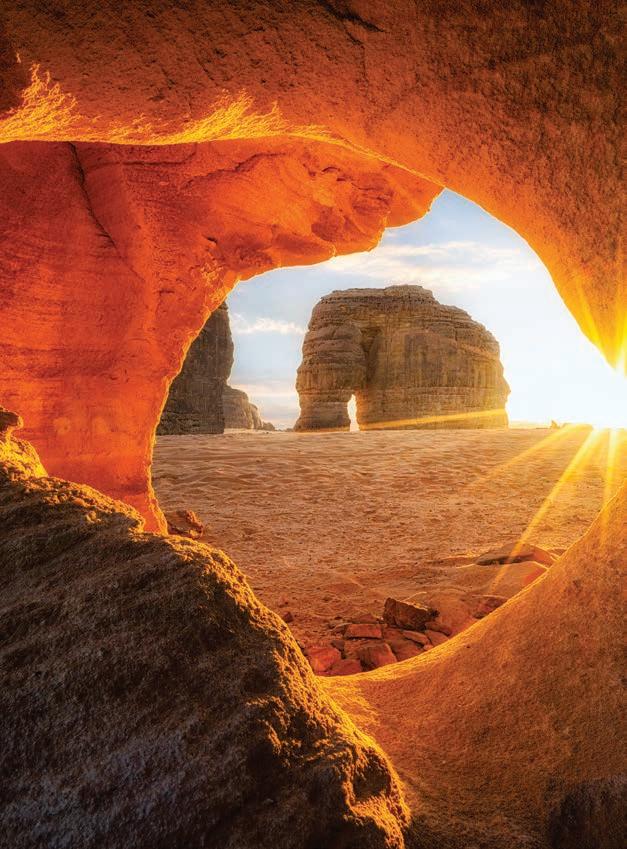
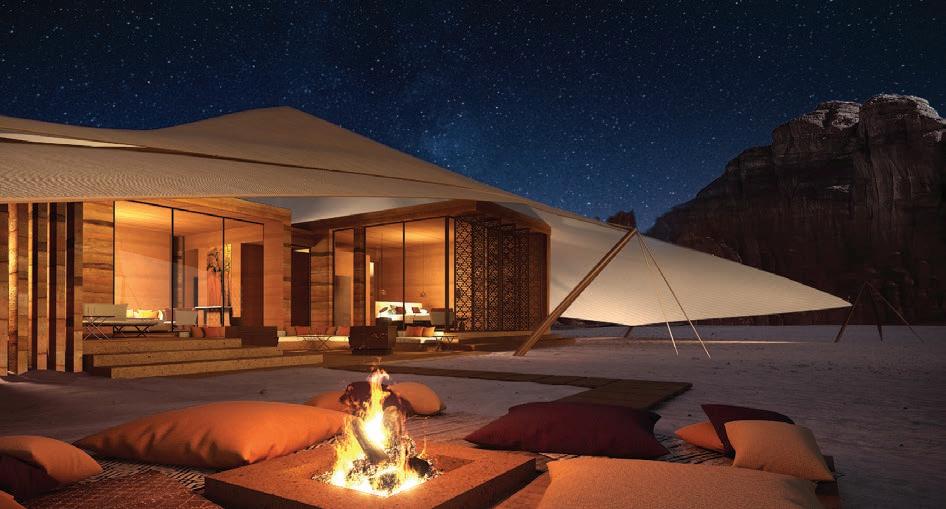
7
8
Commenting on why such expansion is significant for brands like Accor, Willis said: “The incredible plans which have been set for Vision 2030 alongside the large number of Giga Projects, will continue to make Saudi Arabia an attractive destination not only for business travellers but for leisure guests alike.”
As a key player on Saudi Arabia’s hospitality scene, Dur Hospitality is also keeping pace with the dynamic industry in the kingdom.
Hassan Ahdab, President of Hotel Operations, Dur Hospitality, said: “Dur strives to support the Saudi tourism industry by offering worldclass hospitality services that match varied guest preferences, especially following the COVID-19 pandemic and its impact on the sector.
“As a deeply-rooted Saudi company, we understand the challenges and opportunities unique to the Saudi market, such as the Hajj and Umrah sector, which is expected to be a key contributor in achieving the sector’s overall recovery and growth over the coming phase.”
In spite of the pandemic, Dur Hospitality has accelerated the delivery of several ongoing projects, specifically on the Hajj and Umrah front that is expecting the number of pilgrims to increase from eight to 30 million over the next decade. In pursuit of its longterm goals, Dur Hospitality is set to increase room capacity to 5,000 in the holy cities by 2023, which will further help the kingdom deliver its vision.
Ahdab added: “We are fortunate to be operating in one of the world’s most ambitious nations. COVID-19 did not slow down the planned progress outlined in Vision 2030 and the kingdom continued construction on its mega projects. Also, major media outlets and other companies are potentially relocating their headquarters to Saudi Arabia, which will bring increased business and traveller activity, thus a higher demand for quality hospitality services.”






